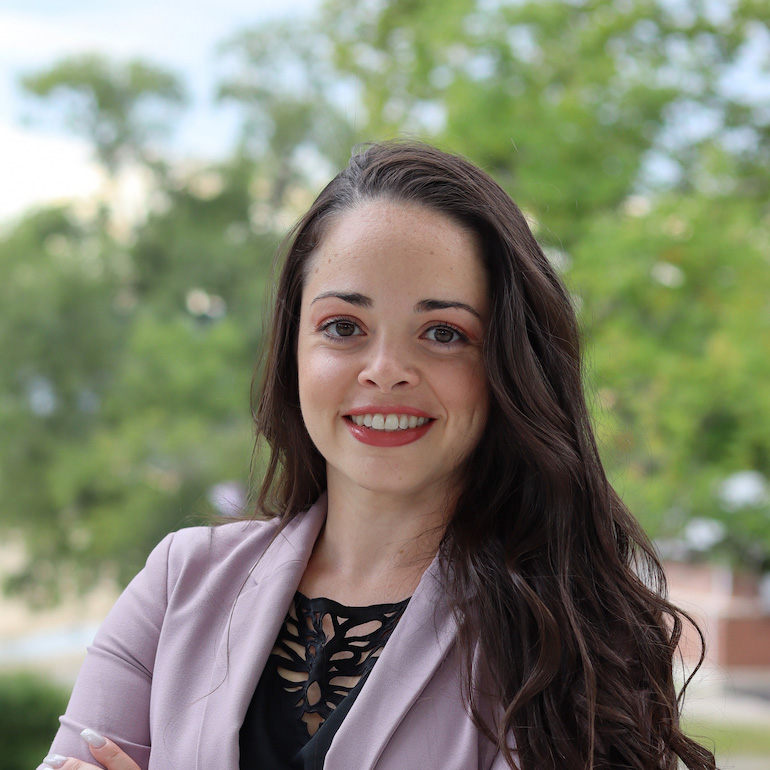In Spring 2022, when New York City and its largest poverty-fighting philanthropy launched the Child Care Quality and Innovation Initiative, Robin Hood CEO Richard R. Buery, Jr., said, “Access to high-quality and affordable child care sets a child up for success to excel developmentally and academically and gets parents back to work — it’s good for the economy and good for fighting poverty.” The $100 million initiative includes $50 million from Robin Hood (half of it from Alexis Ohanian’s 776 Foundation) and a $50 million commitment from the city.
The initiative’s director, Dr. Jocelyn Rodriguez, adds that child care also improves family economic stability, ensures healthy child development, and increases the ability of parents and caregivers to work and earn more. Early Learning Nation magazine spoke to Dr. Rodriguez and explored how the initiative taps into the dynamism and wisdom of trusted community-based organizations to inform systems-wide change.
Mark Swartz: How does investing in early childhood programs reduce poverty?

Dr. Jocelyn Rodriguez: Robin Hood operates from the core belief that your starting point in life should not determine where you end in life. The data shows that there is no better investment than ensuring accessible and affordable high-quality child care for all New Yorkers. By catalyzing improvements in child care across the five boroughs, we’re ultimately impacting the $1 billion dollars of public funding.
Swartz: What previous experience do you bring to this initiative?
Rodriguez: I am a first-generation New Yorker and a proud daughter of immigrants. Most of the child care workforce are women and immigrants, which is personal for me. So this community is my community. This initiative is a huge part of why I’m here at Robin Hood and helping to push forward this work. Prior to coming to Robin Hood, I worked at several multiservice community-based organizations serving New Yorkers living in poverty, and I had the privilege of leading one of the city’s local child care resource and referral organizations.
One misconception facing the sector today is that many people think of centers as the only place where child care is offered, and it’s important to remember that the home-based or family child care sector is where more than half of the children and families receiving subsidized care are being looked after. They’re also the programs that are likely to offer extended and nontraditional hours of care, and offer cultural compatibility with the families in their communities. Despite their critical role in the sector, they’re also often the ones that have the lowest wages amongst educators.
Swartz: What are the core challenges that have emerged so far?
Rodriguez: More than 300,000 infants and toddlers in New York City live in poverty. There is one child care slot for every five infants. Over half of families in New York can’t afford child care. And the pandemic has exacerbated compensation challenges. There are families every day that have to choose between going back to work, going back to school, going for training and job training, paying bills and child care. This disproportionately impacts women.
Swartz: This is an issue that affects the whole city.
Rodriguez: Absolutely. If people can’t find or afford a safe, nurturing place to send their children while they work, then they can’t live in this city. And without quality child care, New York City cannot stay vibrant. It cannot function.
Swartz: How are you tackling these problems?
Rodriguez: The city has identified 17 priority community districts in their blueprint for child care. One exciting grant Robin Hood is partnering with city government on is piloting voucher determination and eligibility in three community-based organizations (CBOs) serving northern Manhattan and the Bronx. Families will be able to go to their local trusted organizations to help them from start to finish with child care access and enrollment.
Swartz: How does the initiative define ‘quality’?
Rodriguez: We are always wrestling to balance quality and access and affordability without treating them as mutually exclusive choices. I think the most basic definition of high-quality child care is care that’s advancing the cognitive, social-emotional and the overall well-being of young children—which assumes physical health and safety.

Swartz: What do you look for in a child care setting?
Rodriguez: We need children to have consistent, secure and healthy relationships with caring adults. We want language-rich environments. We want developmentally appropriate and culturally appropriate language-sustaining practices. We want literacy-rich environments. We want appropriate curriculum, and supportive and innovative professional development for the caregivers on how to do that with fidelity.
Swartz: How is the partnership with New York City taking shape?
Rodriguez: We are taking important steps to drive collective impact on a collective issue. That means making sure that the folks responsible for implementing, driving, regulating and administering this work in New York City are on the same page when it comes to supporting communities and New Yorkers living with low income. This initiative also partners with shelters, academia and direct service providers to catalyze improvements in how our public dollars are spent every year with regards to child care.
Swartz: How will the initiative impact policy on the state and federal levels?
Rodriguez: Robin Hood’s policy team plays a crucial role in field-building and shaping policy developments for the child care sector. The FY25 state budget process presents a significant opportunity to build upon New York State’s previous historic $7 billion child care investment by prioritizing raising wages for child care workers. We encourage lawmakers in Albany to explore solutions that pay these critical workers a living wage. It’s our best shot at stabilizing the sector in the long-term, and creating a functioning system that works for parents and caretakers alike.

Mark Swartz
Mark Swartz writes about efforts to improve early care and education as well as developments in the U.S. care economy. He lives in Maryland.


